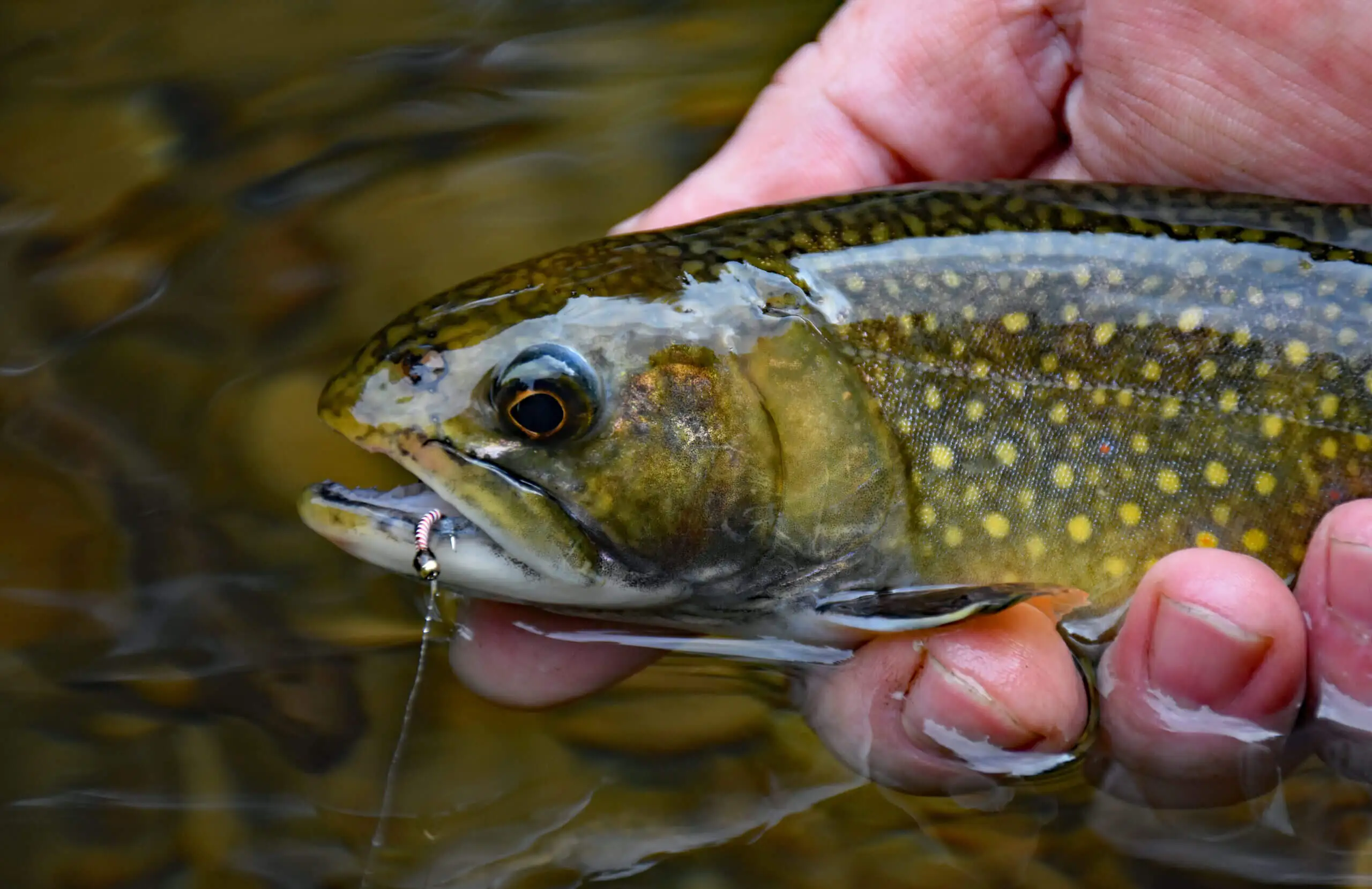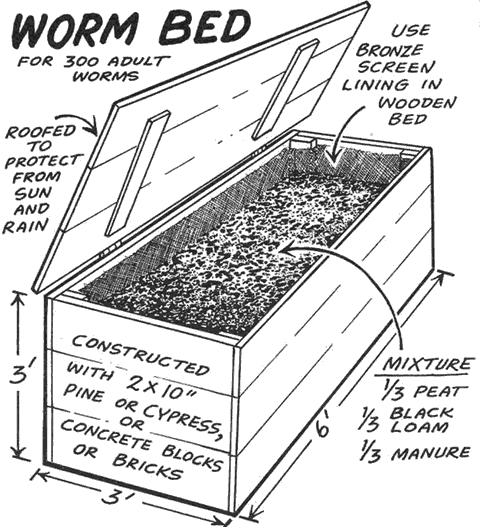The Ultimate Guide To Where To Find Red Wigglers
The Ultimate Guide To Where To Find Red Wigglers
Blog Article
Fascination About Where To Find Red Wigglers
Table of ContentsWhere To Find Red Wigglers Fundamentals ExplainedThe Single Strategy To Use For Where To Find Red WigglersMore About Where To Find Red WigglersNot known Facts About Where To Find Red WigglersAn Unbiased View of Where To Find Red WigglersWhere To Find Red Wigglers - The Facts
For finest results, you desire to aim for regarding 60-70% moisture level. The easiest test for this is to squeeze a handful as tough as you can. At the ideal moisture degrees which is simply under 70% that handful must barely generate one decrease of fluid. pH in a worm container is pretty simple to preserve.
The Indian Blue is voracious, yet additionally prefers a warmer environment and it also exhibits a tendency to get away the bin. The red wiggler is a hardy worm and isn't as picky about its climate. I such as to call it the Ford Taurus of vermicomposting worms; you won't boast to your hardcore composting pals that you own them, however they will serve you well.
As Faucet demonstrated, an angler can do a good deal to make a worm extra attractive.
Top Guidelines Of Where To Find Red Wigglers
I assume you will also if you attempt them. The smaller sized the trout stream, the much better worms job is an axiom that hasn't transformed in the 100-plus years given that Perry composed his article. Fishermens of his age simply stuck their weak fishing pole with alder tangles and went down a weighted worm right into a deep hole.
Early morning is prime feeding time, and the weightless bait's sluggish descent leaves 5 inches of squirming healthy protein completely sight for fairly a while. After you have actually made the cast, keep the bond open and put the rod in a forked stick. The line will certainly diminish the rod in slow loopholes as the worm works out, but usually the sluggish loopholes will come to be a blur, and the morning will instantly get instead fascinating.
I typically utilize an entire 'spider, prefer marabou dressing, and go down the rod for two or 3 seconds when I obtain a hit.
And identifying bottom from a bite can be hard. The technique is to reduce the pole back to the strike (possibly a foot) and really feel for life at the end of the tightening up line. If it exists, set the hook with a sweep instead of a jerk. Occasionally you'll find yourself hooked to those sluggish, hearty tugs, and feel the weight of a wonderful walleye.
How Where To Find Red Wigglers can Save You Time, Stress, and Money.
When the heavy walleyes carry on to the big-water shoals in the late summertime, attempt going after them with a bucktail jig and a 1-inch pinch of nightcrawler. The lure covers the hook point, deflects weeds, and supplies a preference of victim. With absolutely nothing dangling or flapping, it stays protected no matter current, casts, or enthusiastic panfish.
Whether you're wading or fishing from a boat, wandering worms is one of the wonderful looking techniques for bigger rivers. For trout, a spade-dug, 4-inch garden worm is the right size; for bass, walleyes, and steelhead, a nightcrawler may be a much better option. The secret click for more info is to wander the bait with feeding and holding locations since fish in existing are not mosting likely to chase down the bait, as they might in still water.
Fish the transitions: mouths of tributaries, bank-side slicks, and the sides of large swimming pools. His adage applies to any number of angling maneuvers, including the matter of adding a piece of worm to a damp fly.

Where To Find Red Wigglers for Beginners
Fill it with shredded paper, leaves, peat moss, and dirt. Moisten lightly. Cover and let sit for a week. Add a few hundred worms and feed them two times a week. Keep the bed linen moist but not wet. On the food selection: lettuce, fruit and veggie waste, and the periodic nongreasy leftover.
Just like veggie scraps, you can take your made use of coffee premises and include them to a worm box. Worms enjoy eating coffee grounds.
When the hefty walleyes go on to the big-water shoals in the late summer, try going after them with a bucktail jig and a 1-inch pinch of nightcrawler. The lure covers the hook factor, deflects weeds, and offers my sources a preference of prey. With nothing dangling or waving, it remains safe despite existing, casts, or ambitious panfish.
Where To Find Red Wigglers Can Be Fun For Everyone
Whether you're wading or fishing from a watercraft, wandering worms is just one of the great browsing methods for larger rivers. Where To Find Red Wigglers. For trout, a spade-dug, 4-inch yard worm is the right dimension; for bass, walleyes, and steelhead, a nightcrawler may be a better selection. The key is to wander the lure through feeding and holding locations due to the fact that fish in existing are not mosting likely to ferret out the lure, as they could in still water
Fish the transitions: mouths of tributaries, bank-side slicks, and the sides of huge pools. His adage applies to any kind of number of angling maneuvers, consisting of the issue of adding a piece of worm to a wet fly.
However increasing your own lure means you can slide out of your house and hit the pond prior to Mama comes homejust like in the old days. Here's exactly how to keep a worm box: Cut a sheet of CDX-grade plywood, which is made with water-resistant glues, to your dimensions. Nail it with each other and pierce a dozen 12-inch openings in the base for water drainage.
The Buzz on Where To Find Red Wigglers
Include a couple of hundred worms and feed them two times a week. Maintain the bed linens moist but not wet. On the menu: lettuce, fruit and veggie waste, and the periodic nongreasy leftover (Where To Find Red Wigglers).
Similar to veggie scraps, you can take your utilized coffee grounds and add them to a worm box. Worms enjoy eating coffee grounds. With the ideal problems and wet, healthy and balanced dirt, worms can stay sites in a bucket of dust for around 3 weeks. Store out of straight sunlight and maintain a temperature level between 50 and 80 degrees.
Report this page